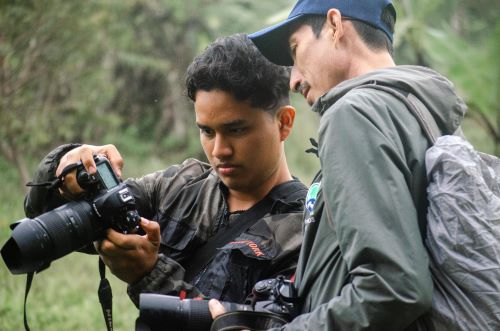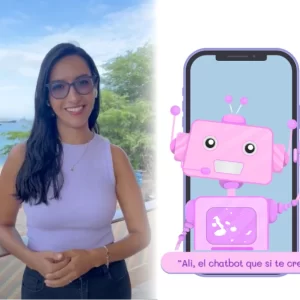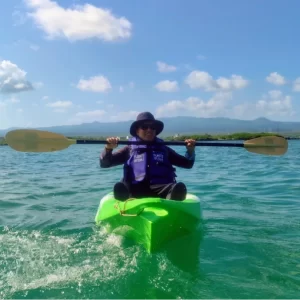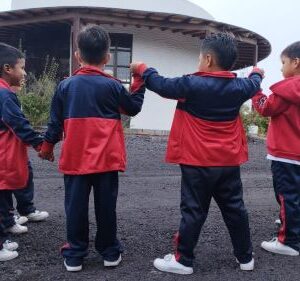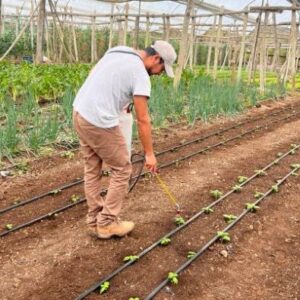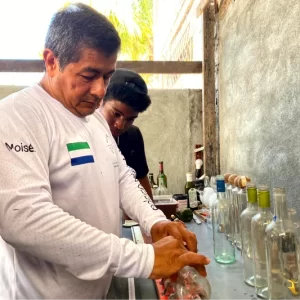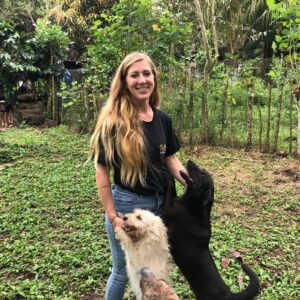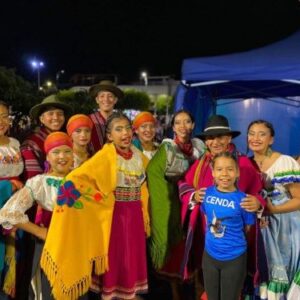Diego Bermeo. Environmental Communication Analyst at the Galapagos National Park, he combines his passion for photography and the environment to generate a significant global impact. A graduate in Photography and Audiovisual Techniques, he has demonstrated how visual art can be a powerful vehicle for conservation. He complemented his training with a Diploma in Social Photography and is a member of Falmouth University, which has allowed him to exhibit his work in national and international galleries, highlighting the importance of preserving the protected areas of Galapagos. In addition to his artistic work, Bermeo is dedicated to education and conservation as a National Geographic Park Ranger and Educator, leading programs that use photography to promote the conservation of the Natural Heritage of Humanity. His work inspires the community and highlights the tourism potential of the islands.
The problem of plastic pollution in the Galapagos Islands is a critical issue that affects both biodiversity and the health of its inhabitants. The presence of plastics, especially microplastics, has invaded marine ecosystems, endangering iconic species and altering the ecological balance.
This project seeks to use photography and art as tools to raise awareness about the problem of plastic pollution. Through visual documentation, it seeks to show how these pollutants affect the natural environment, inspiring the community to take active measures to reduce the use of plastics and promote sustainable practices. This project uses photography as a means to connect Galapagos youth with their natural and cultural environment, encouraging their participation in science and conservation actions. Through workshops and photographic expeditions, students acquire technical and artistic skills that enable them to document biodiversity and conservation efforts in the islands. In addition, we seek to strengthen their cultural identity, turning them into ambassadors of conservation and promoting a culture of respect and protection for their home.
- Creating Participatory and Inclusive Spaces
- Facilitating Knowledge Exchange
- Involve Youth in Science and Conservation -To integrate young people into the dynamics of tourism.
- Promoting Artistic and Cultural Expression
This project directly contributes to SDGs: 4.1 ; 4.7 ; 8.6 ; 11.4 ; 12.5 ; 14.1 ; 15.5, aligning with the goal of fostering development that balances human needs with the conservation of the natural environment. By training young people in conservation science and photography, the goal of “Quality Education” is advanced by providing them with relevant skills and knowledge. In addition, by promoting the reduction of plastic use and the protection of biodiversity, it contributes to the “Underwater Life” and “Terrestrial Ecosystem Life” goals. The initiative also strengthens “Cultural Identity” and fosters “Inclusive Participation,” creating a community that is more aware and active in protecting its environment.
| Phase | Activity | Buget |
|---|---|---|
| Phase 1. Workshops, Production, Expeditions and Exhibition | "Workshop on the problem of plastic waste in coastal areas. Photographic artistic production: Conceptualizing the plastic problem and awareness messages. Photographic expedition to monitor sea lions and marine iguanas in North Seymur. Participation in coastal cleanup Photo Expedition in La Ratonera Beach: Plastics and Microplastics, Management Actions of the Environmental Authority. Exhibition and Closing Event" | $2220,00 FINANCED (MATCHED) (The value includes 10% of Overhead for the administration of the Co-Galapagos initiative) |
